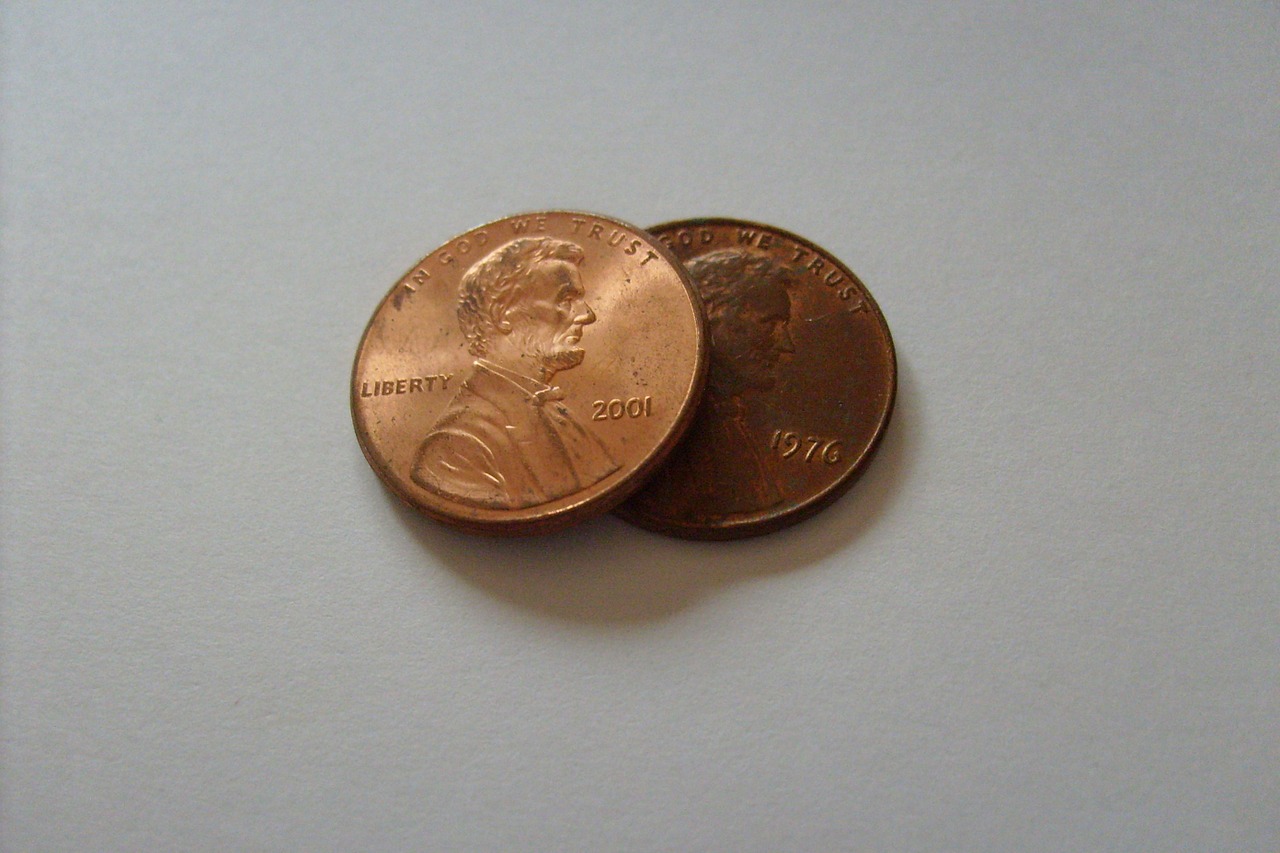| Sorry, this deal is no longer available. Do you want to be alerted about new deals as they’re published? Click here to subscribe to Frequent Miler's Instant Posts by email. |
As reported by The Points Guy, Barclays is out with the details of the much anticipated Barclays Arrival Premier World Elite Mastercard. Greg was right that transfer ratios are not 1:1 (See: More about Arrival Premier transfer partners (from my source), and why the card might not be all that), but it’s still not necessarily bad. There is no signup bonus and the transfer partners are more niche than we may have expected, but this card could still be pretty interesting. We have a link to the landing page / application in our Barclays Arrival Premier Complete Guide.
Key Card Details
As expected, many of the key card details we previously reported here and here were correct:
- Card Name: Barclays Arrival Premier
- Annual fee: $150 (waived the first year)
- Signup Bonus: None
- No foreign exchange fees
- Point earning rate: 2 Arrival miles per dollar
- Bonus for big spend: 15,000 Arrival miles after $15K spend per card membership year. Another 10,000 Arrival miles for a total of $25K spend per membership year.
- Best use of Arrival miles: Redeem for travel credits at a rate of 1 cent per Arrival mile, or transfer to airline partners
- Transfer rate to airline partners is one to one — instead the ratios will be 1.4 to 1, or 1.7 to 1. See below.
Other benefits include:
- $100 Global Entry credit once every 5 years
- Complimentary ShopRunner membership
- Extended warranty, purchase assurance, price protection and satisfaction guarantee
- Complimentary concierge service (though as I noted in yesterday’s post, these services aren’t always worth much)
- Ability to earn extra Arrival miles through the Barclays Travel Community
The Transfer Partners
- Aeromexico
- Air France/KLM Flying Blue
- China Eastern
- Etihad
- EVA Air
- Japan Airlines
- Jet Airways
- Malaysia Airlines
- Qantas
The transfer ratio is 1.4 Arrival miles to 1 airline mile for all of the above airlines except Japan Airlines. Since the card earns 2x everywhere, that’s an effective 1.42 miles per dollar in 8 of the 9 programs above (1.18 Japan Airlines miles). If you spend exactly $15,000 or $25,000 annually, you receive a bonus that equals an effective 3x Arrival miles — which would bump those ratios up to 2.14 miles per dollar in most of those programs or 1.76 miles per dollar for Japan Airlines. Those rates are awesome. Unfortunately, most of the transfer partners don’t have very interesting award charts — but at the very least, those earning rates for Air France/KLM Flying Blue, Etihad, and Japan Airlines are still very interesting.
Statement credits also

According to the official press release, in addition to transfer partners, you will have the ability to redeem Arrival miles for statement credits. As with the previous Arrival Plus, Arrival Premier miles are worth $0.01 each when redeemed for travel. That makes this card essentially like a 2% cash back card, or 3% cash back if you spend exactly $15K or $25k. That’s not a deal in comparison to other cash back cards considering the Arrival Premier’s $150 annual fee, but it’s a decent backup plan if you’re in need of a redemption that doesn’t fit with the transfer partners.
Quick Analysis
The intention here by Barclays is apparently to reward ongoing card use rather than attracting customers who will pump-and-dump the card. That’s an interesting strategy. And the truth is, the ratios being offered do make this card interesting even without a signup bonus.
The most interesting transfer partner is Japan Airlines, as they do have some awesome award chart sweet spots. Until now, the best option for earning JAL miles has been the SPG card. That card earns 1 point per dollar and points are transferable to JAL at 1:1 (or 20K Starpoints get you 25K JAL miles for an effective earning rate of 1.25 miles per dollar if you spend exactly $20K on the SPG card).
However, the Arrival Premier now beats that out at 1.18 Japan Airlines miles per dollar even for small transfers or better ratios if you reach the spend thresholds. For example, if you spend exactly $15K on the Arrival Premier, you’ll earn a total of 45,000 Arrival miles. That should transfer to 26,470 Japan Airlines miles — meaning $5K less spend will get you more miles than the traditional SPG sweet spot of 20K:25K. Of course, that comes with a higher annual fee of $150 on the Arrival Premier vs $95 for the SPG card.
There is also the fact that there are additional ways to earn SPG points (from stays, spending bonuses, transfers from Marriott, etc), whereas options for earning additional Arrival miles will be very limited. You will not be able to combine Arrival Miles with those from an Arrival Plus card. However, the press release notes that you will be able to earn miles through the Barclays Travel Community, which could be interesting. See this post from The Deal Mommy for more on how that has worked with the Arrival Plus.
Transfers to the other partners are less compelling since you can earn 2x on the first $50K annually (then 1x) with no annual fee on the Amex Blue Business Plus and transfer 1:1 to Flying Blue or Etihad. Sure, the ratio is a little better with the Arrival Premier if you spend exactly $15K or $25K, but the additional earnings do not mitigate the annual fee. This card is definitely best for transfers to Japan Airlines or if you are someone who maxes out the $50K spend on the Blue Business Plus and you are looking to continue earning more Flying Blue / Etihad miles.
Finally, having the option to redeem Arrival miles for 1 cent each towards travel is a nice little backup plan. This card wouldn’t be better than a no-fee 2% back card if your main goal is cash back due to the $150 fee, but it’s a strong plan B when awards don’t work out the way you expect.
For more on this card and a link to the landing page / application, see our Barclays Arrival Premier Complete Guide.
H/T: The Points Guy





[…] 2018, Barclays introduced a new rewards card with points transferable to miles but then they killed the card just 6 months […]
You need to redo your arithmetic, since SPG is turning into pumpkin on August 1st.
[…] the new Barclays Arrival Premier launched last week, I took some heat from readers who thought I wasn’t negative enough about […]
Hmm…I wish they had offered annual fee waiver, as the option to transfer to JAL does appeal to me, with a potentially better conversion rate than SPG’s. Would also be good to get a Mastercard given the current collection of cards in my wallet LOL
The AF is definitely a bummer but the list of transfer options are really interesting. I think with a $ 25 K spend the return value is great, since I get to transfer my points to Qantas.
TPG says that Barclays says this card is geared more for folks wanting a higher cash statement credit than actually using the points towards travel. More like just offering airline partners as a perk & not for the hard-core travel/points/miles set.
Assumimg this is true & CB seekers are indeed the main demographic, 25,000 points at .03 = $750. Less the card’s $150 fee is $600. If I used the highest CB card available today for ALL spend (Citi Double Cash with no AF), the same $25k of spend only makes me $500 (at .02). The $100 difference should be worth it for a person to apply for the BAP.
I have read, & seen, some rather convuluted schemes from bloggers, readers, & other consumers in the past for $100. This deal isn’t for me, but I certainly would not put it past Barclays’ demographic CB audience to pursue it, either. By the same token I wouldn’t purchase, maintain, manage, & transact caches of gift cards to raise the same $100, so…different strokes.
This card is a huge fail. Shame on anyone trying to pimp this thing. Nick, you need to look hard at yourself in the mirror – it’s a sad day when you hat tip TPG!
Read the post. Nick gave the card an honest balanced review. We have a strict editorial policy against writing articles or biasing articles for the purpose of earning affiliate revenue. In fact, when this was published we didn’t have affiliate links for the card nor did we expect to get them (it turned out that we did get an affiliate link later, after publication). Also, Nick’s pay is in no way influenced by our affiliate revenue. Plus, keep in mind that we often don’t earn any revenue for cards that we do have affiliate links for because we always publish the best offer which is usually not our affiliate link. For example, in the recent round of posts about the last chance to get the $49 IHG card, we could have linked through to creditcards dot com to earn affiliate revenue, but there is a better offer that includes a $50 credit that we linked to instead.
TPG is where we learned about the card’s release (and I believe was also the only publication at the time with the transfer rates) so Nick did the right thing with a hat tip.
I can earn those Barclay points 10x easier than any Amex or Chase card. I am all over this card. I have the Arrival Plus and love it.
You shameless shill. Bloggers are dishonest, self-serving liars. Disgusting.
The verdict is:
1) No sign up offer (this is at least $500 value missing)
2) $150 Annual Fee, first year not waived
3) A lot of things to remember in terms of spending thresholds
4) Lackluster transfer partners with exception of JAL
5) Earning ratio is ok but not great, Chase Freedom Unlimited or AMEX Blue Business Plus easily exceeds it, and both of those cards come with Sign up offer of ~20k and NO ANNUAL FEE
Truthfully, even with a 20k sign up bonus this card isn’t even that strong.
I don’t know why several people are griping about this review. I personally disagree that it’s “great” for JAL, but Nick makes a decent and detailed case for it. Otherwise, I found the review to be balanced and informative. This card is a hard pass for me, but this article made it easier for me to decide!
I think Barclays tried to design a card that was unappealing to gamers but attractive to a decent population of long-term customers. They succeeded at the first but failed at the latter. I expect a modest sign up bonus to be added in 3-6 months as their expected #s are missed.
Why would you use comparison to 2% cash back card when Alliant Credit Union offers 3% cash back year one and 2 1/2% thereafter……
I love the Alliant card. My wife picked it up a couple of months ago. I’ve mentioned it many times in the past, but here I didn’t for two reasons:
1) It has a $59 annual fee. I thought it more effective to say that this card isn’t a good deal because it essentially earns 2% back with a $150 annual fee and you can earn that with no fee. If you spend exactly $15K or $25K, it earns 3% back – so maybe a comparison to the Alliant card (or better yet, to a Discover IT Miles which earns 3% in the first year after the double up) would have been warranted. Any way you slice it, there are better cash back options with no fee (or a low-fee as is the case with Alliant.
2) I only recently realized that the Alliant card can be somewhat of a challenge to get. It was a process that took a few weeks for more wife and required emailing in statements to show assets on hand and investments, etc. It’s a great card if you can get it, but it isn’t as “available to everyone” as a Citi Double Cash or Discover IT Miles. That said, if you have the income or assets to support it, the Alliant card is a great option (though with the crackdowns from them on MS, it might be less attractive than a Double Cash or Discover IT Miles).
So those are the reasons I didn’t include it, but it could certainly make sense to make that comparison.
Nick. Can you MS with the Alliant card. No. Can you MS with the Barclay card. Yes.
Easy answer for me.
Before praising JAL transfer-ability option of this card . Compare Jal award chart with others. Even for a big MSers like me , spg -> marriott air + hotel pkg gives extra miles to AA which will save you on one world chart. Emirates surcharges makes it even bad for the JAL miles. So just think of what is the use for this JAL miles ?
This is even worst than Arrival + , bcoz of no 5% rebate and higher fees. I worked out my math for high ms spend , still arrival beats it considering the fees.
JAL has a very very good distance based chart:
For example you can do US-Asia-Australia-US on one award:
lax-nrt-tpe-hkg-mnl-bne-syd-lax
for <20,000 total flown distance with 7 stopovers and this only costs 120k in Business and 170k in First Class. Other programs (other than ANA) costs at least 200k in business for the same itinerary. It's even better that you can change your itinerary for cheap, so if you are in a region with a lot of oneworld airlines you can easily plan an entire year of trips (let's say 3 trips) on one award with stopovers and open jaw, and not worry about change fees. that's the true use of distance based charts.
lax-nrt-tpe-hkg-mnl-bne-syd-lax – tell me the probability of people taking this itinerary . Only crazy bloggers will do it. Not even big msers
DOA: Dead on Arrival. I’m glad Barclays came up with this so that other banks will see it’s failure and never repeat such a dull marketing entrance. Thank you.
It also is very useful for exposing which bloggers who are shameless shills for the credit card companies. Guess who I’m looking at here?
If any card needs you to think very hard to come up with a pro or lots of calculation to prove it might make sense to get the card,then you shouldnt get it.